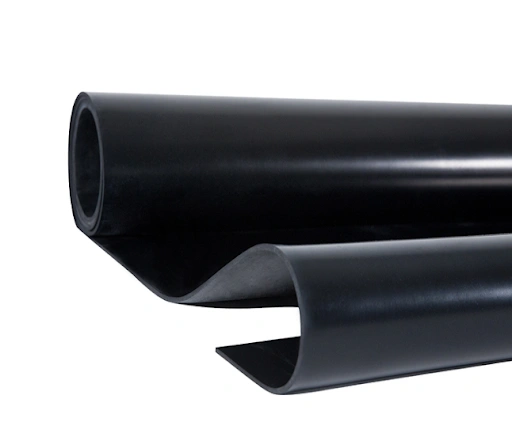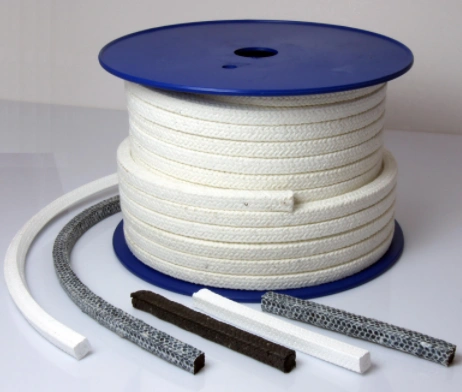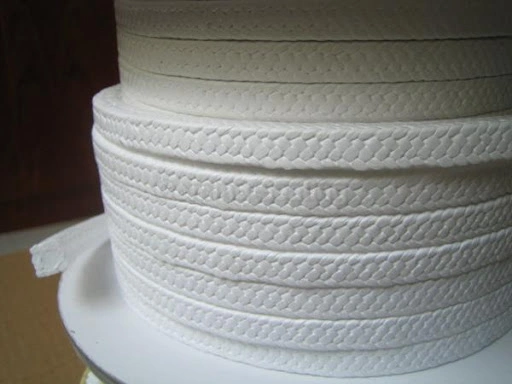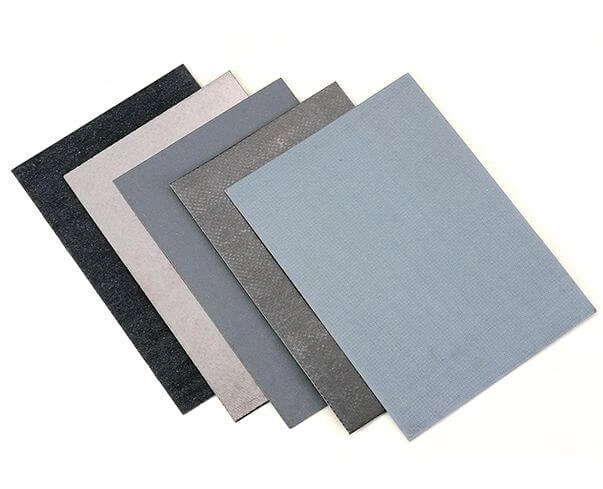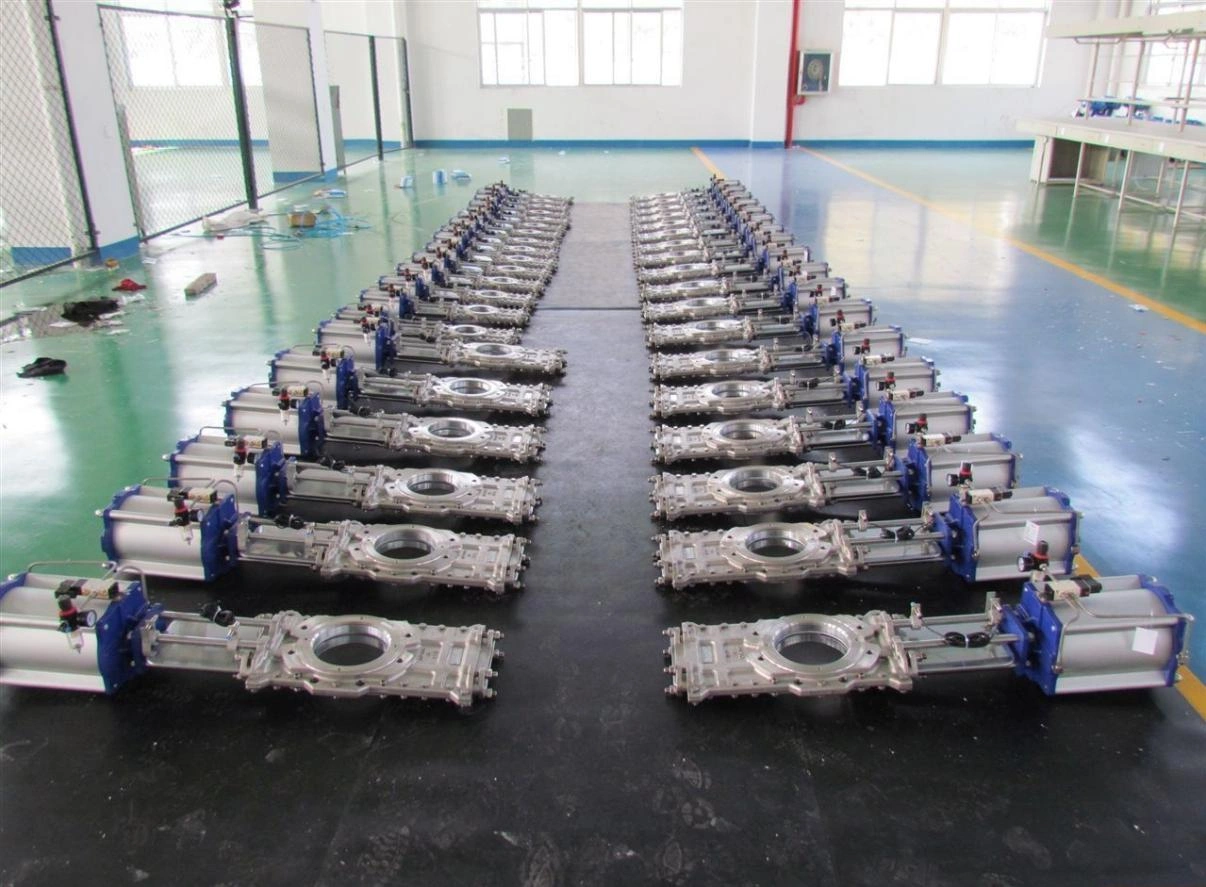Graphite corrugated tape is a strip-shaped sealing material made from pure expanded graphite (flexible graphite) through a special rolling process. Its core feature is the regular wavy texture (corrugated pattern) pressed onto its surface, giving it excellent compression resilience and sealing adaptability. It contains no binders or reinforcing fibers, is 100% graphite, and represents a high-performance, pollution-free sealing solution.
The article mainly introduces the effects of moisture, ozone, mechanical stress, light, temperature and other factors on the performance of rubber sheets, and reminds people to be particularly careful during the installation, storage and use of rubber sheets.
The English name of Gland Packing is used to seal the shaft in order to solve the dynamic sealing structures, preventing the loss of fluid from around the shaft. In rotary motion the insertion braid plays an important role in the efficiency of pumps, mixers, valves and other industrial equipment. Braided wire inserts have long been the traditional sealing solution for many industries because of its versatile nature. Nowadays, with more stringent requirements on technical requirements, and the use of more media, the insertion braid is very diverse in manufacturers.
Pure PTFE Packing continues to strengthen its position as a critical material in industrial sealing solutions, as manufacturers and plant operators seek higher reliability and efficiency. In recent years, the demand for advanced sealing materials has increased significantly due to stricter environmental standards, higher safety requirements, and the growing complexity of industrial systems. Pure PTFE Packing, known for its exceptional resistance and stability, has become a preferred choice in sectors where consistent performance is essential.
In recent years, with the continuous strengthening of environmental protection policies, the demand for asbestos ban and alternative materials has continued to increase in countries around the world. Asbestos was once widely used in construction, automobiles, papermaking and other industries due to its excellent high temperature resistance and corrosion resistance, but as its harm to human health has deepened, asbestos has gradually been regarded as a "carcinogen". In response to this challenge, many companies have begun to develop and promote Non-Asbestos Beater Sheet, which are environmentally friendly alternatives that do not contain asbestos materials.
Knife gate valves offer advantages such as simple and compact structure, reasonable design, lightweight and material-saving design, reliable sealing, easy and flexible operation, small size, smooth flow path, low flow resistance, light weight, and easy installation and assembly.

